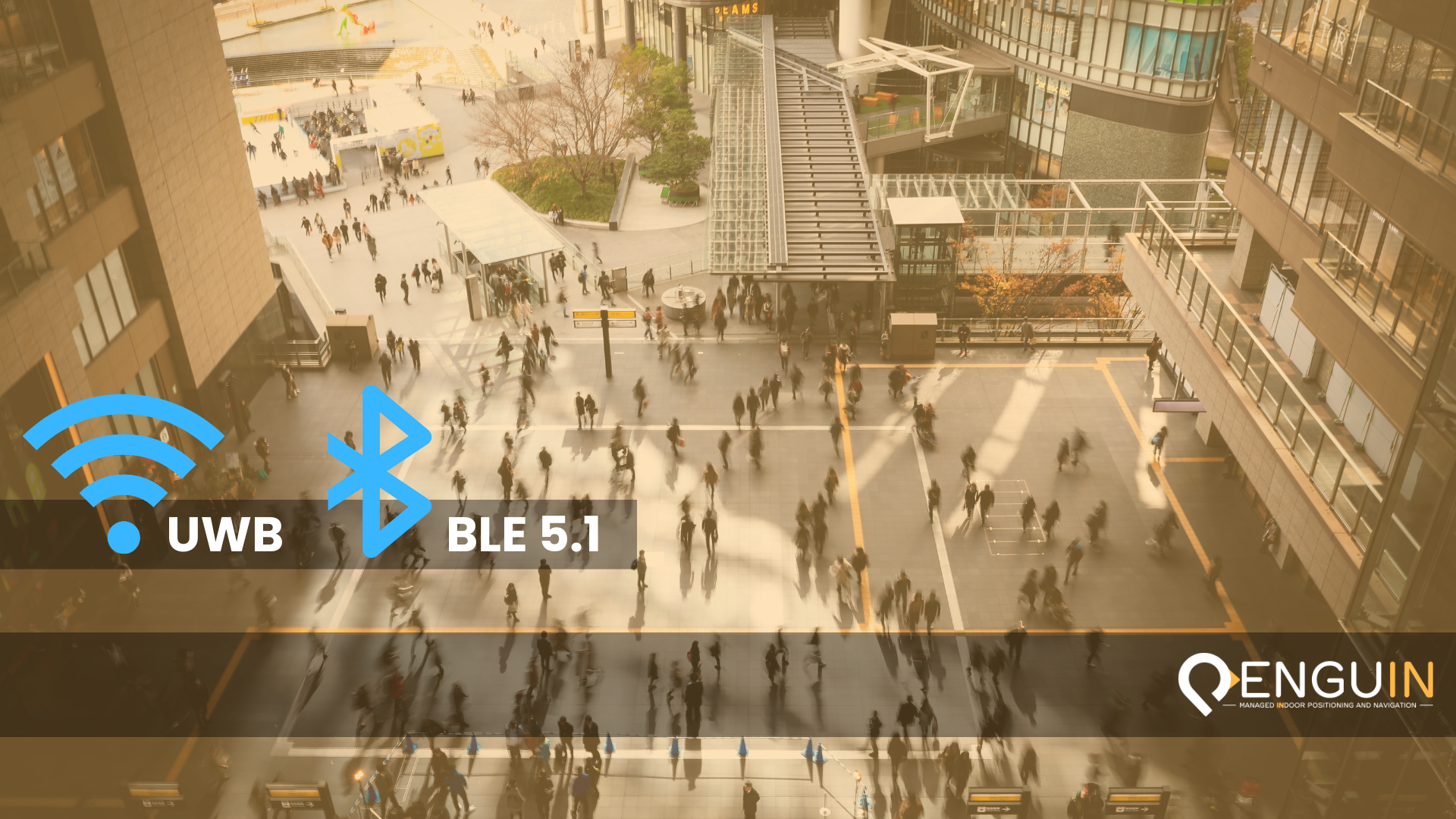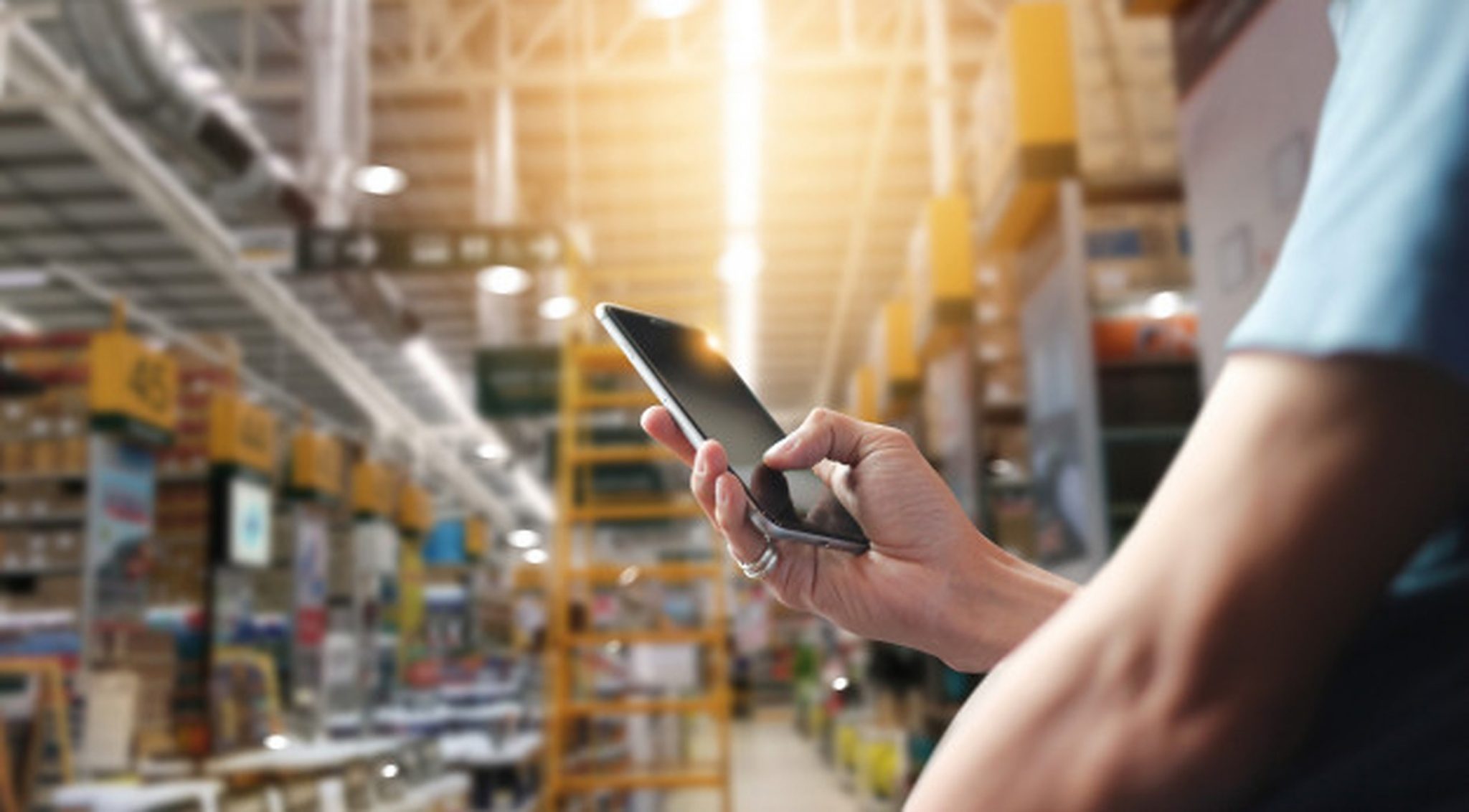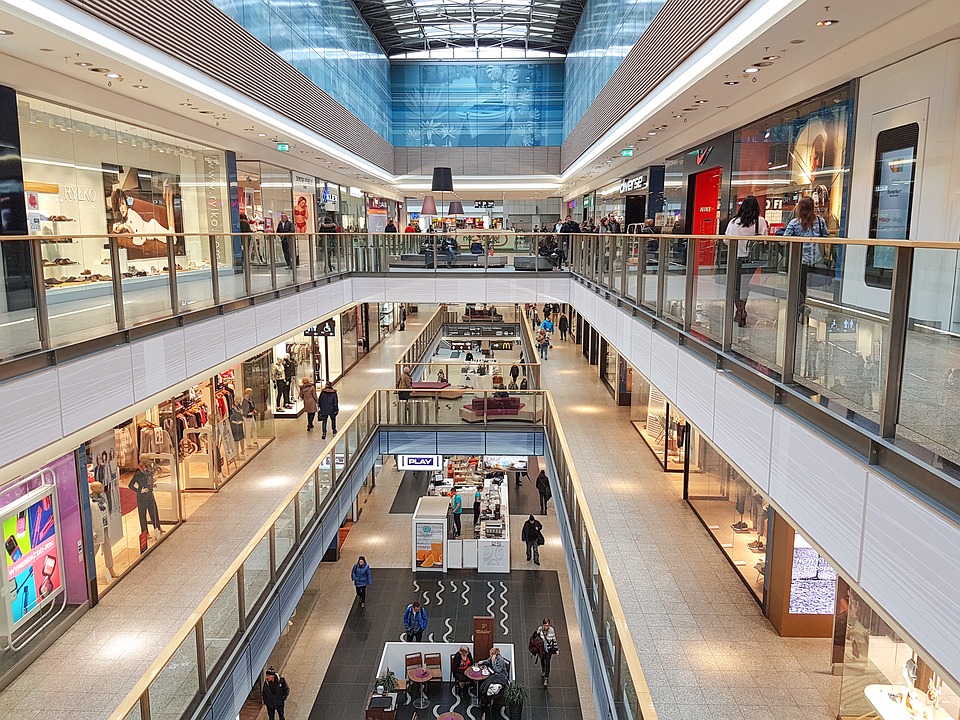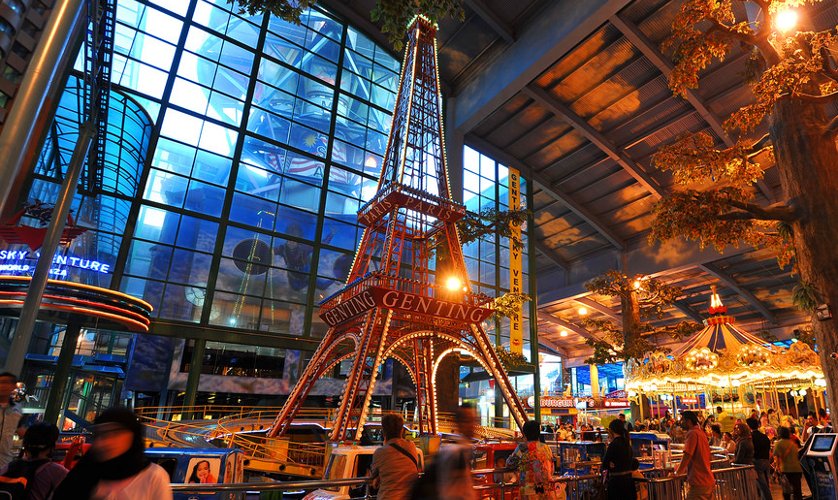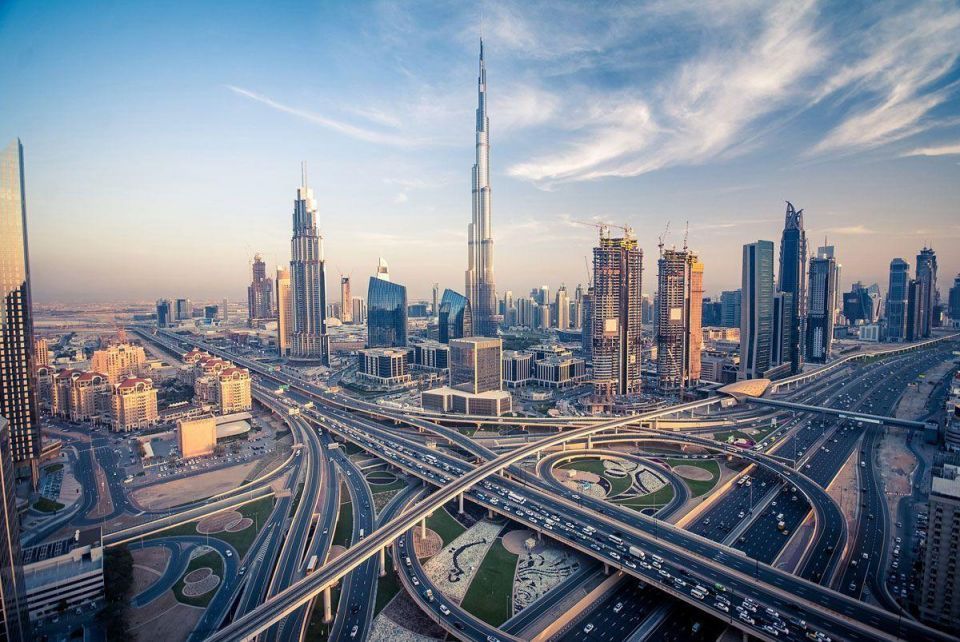In the world of indoor tracking and positioning, advanced technologies are shaping the way organizations optimize their operations. Two key players in this space are Ultra-Wideband (UWB) and Bluetooth Low Energy (BLE) 5.1. PenguinIN, a leading provider of innovative RTLS solutions, is at the forefront of these developments.
In this article, compare UWB and BLE 5.1 for purposes of indoor positioning. Discover the power and advantages of these cutting-edge technologies as we explore their impact on RTLS applications.
Understanding Ultra-Wideband (UWB):
UWB is a short-range wireless communication technology that utilizes low power levels and wide frequency bands. It enables highly accurate positioning and tracking by transmitting ultra-short duration pulses with low interference and high immunity to multipath effects. UWB excels in providing sub-meter level accuracy, making it ideal for applications requiring precise location information in complex indoor environments.
Exploring Bluetooth Low Energy (BLE) 5.1:
BLE 5.1 is an advanced version of the Bluetooth wireless technology designed specifically for low power consumption and extended range applications. It offers information that can be used at the application layer to calculate location. The most common approaches to calculate location using BLE 5.1 are Angle of Arrival (AoA) and Angle of Departure (AoD). BLE 5.1 offers enhanced localization accuracy compared to previous versions, making it suitable for applications that require moderate to high accuracy in tracking assets or people.
Comparing UWB and BLE 5.1 for RTLS
Accuracy and Precision:
While UWB has gained a reputation for its remarkable accuracy, offering sub-meter precision. With the right implementation, BLE 5.1 is also able to achieve excellent accuracy even in challenging propagation environments. has made significant improvements competitive accuracy, typically sub-meter as well.
Understanding the use case (i.e. the required accuracy and the propagation environment) should be precursor to choosing the technology.
Range and Coverage:
BLE 5.1 boasts a longer communication range compared to UWB, allowing for broader coverage in larger areas. While UWB has a limited range of up to 100 meters, BLE 5.1 can reach distances of up to 300 meters, making it suitable for applications requiring wider coverage, like warehouse tracking or campus-wide asset monitoring.
Power Consumption:
BLE 5.1 has a significant advantage in power efficiency over UWB. It operates on low power levels, enabling devices to operate for extended periods on a single battery charge. UWB, on the other hand, consumes relatively more power due to its high-frequency transmissions. This makes BLE 5.1 an excellent choice for battery-powered devices, such as wearable trackers or IoT sensors.
Interoperability and Ecosystem:
BLE 5.1 benefits from its widespread adoption and compatibility with a vast range of devices and platforms. It leverages the existing Bluetooth infrastructure, making integration easier and cost-effective. UWB, although gaining traction, is still in the early stages of adoption and may require specialized hardware and infrastructure, limiting its interoperability with existing systems.
Conclusion
In conclusion, while the wide spectrum of UWB offers algorithm developers data points for sub-meter positioning, an intelligent BLE 5.1 implementation is also be able to achieve that as well.
At PenguinIN, we have succeeded in developing algorithms using BLE 5.1 to achieve sub-meter accuracy with confidence in typical enterprise and healthcare environment. It is our position that the BLE 5.1 and its eco-system offer a viable alternative to many of today’s real-time positioning solutions with unparalleled cost-effectiveness.
To learn more about our BLE 5.1 based development kit, products, and services, please reach out to us at [email protected]

